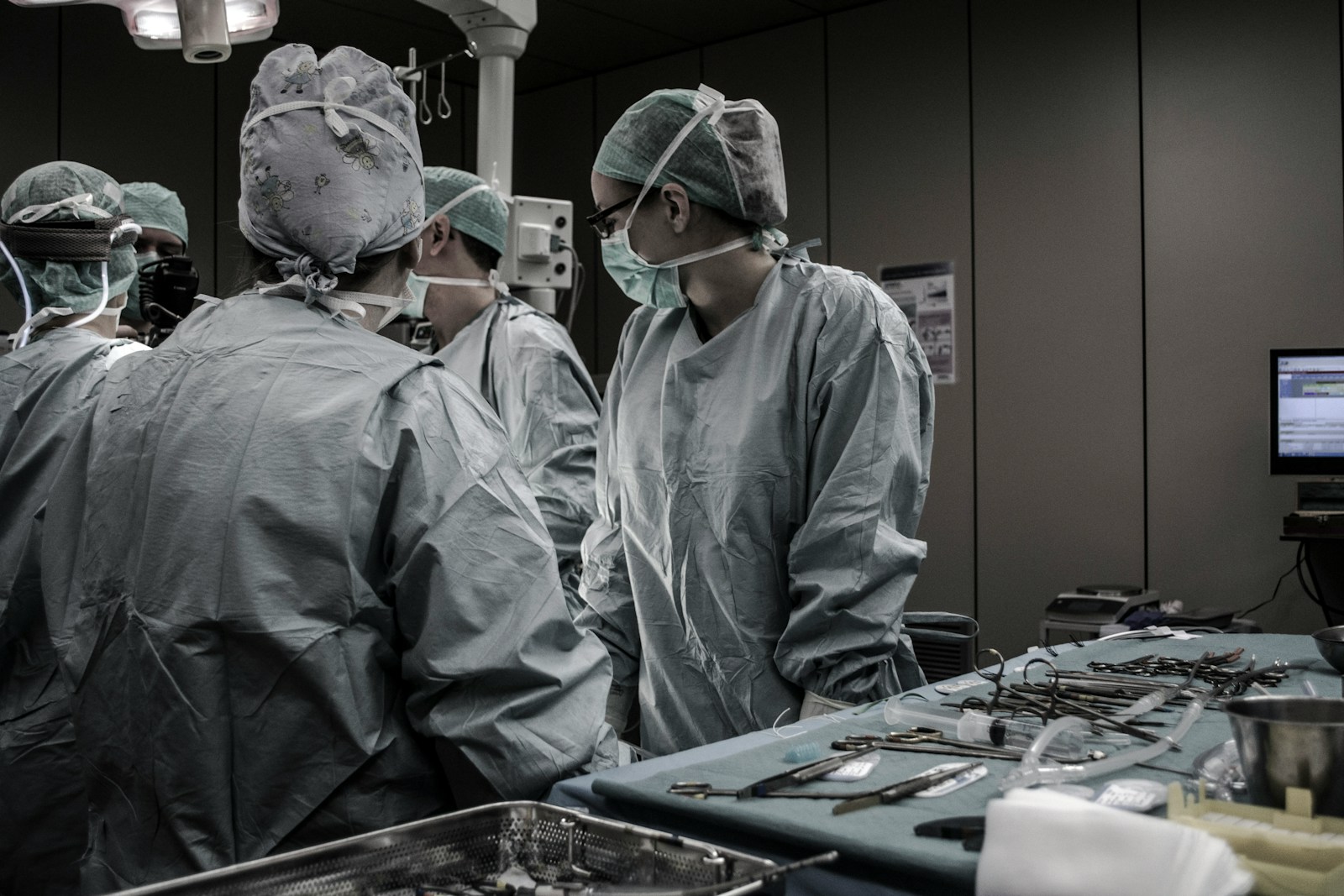Amputation injuries, involving the removal of a limb or extremity, can be life-altering events with profound implications for the affected individual’s quality of life and independence. Such injuries often result from traumatic accidents across various settings. This article aims to shed light on the common accidents that lead to amputation injuries, emphasizing the importance of awareness, prevention strategies, and the critical steps to take in the wake of such devastating occurrences.
Workplace Accidents
Industrial and construction sites are among the leading environments for accidents resulting in amputation injuries. Heavy machinery, power tools, and equipment pose significant risks when safety protocols are not strictly adhered to or when there’s a failure in machinery. Employers must enforce rigorous safety measures, provide comprehensive training to workers, and ensure that all equipment is regularly inspected and maintained to minimize these risks.
Vehicle Collisions
Car, motorcycle, and bicycle accidents are significant contributors to traumatic amputation injuries. High-impact collisions can result in such severe damage to limbs that surgical amputation becomes necessary. Emphasizing the importance of road safety measures, including the use of seat belts, helmets, and adherence to traffic laws, is crucial in preventing these life-changing injuries.
Agricultural Accidents
The agricultural sector, with its reliance on heavy machinery and equipment, also sees a higher rate of amputation injuries. Entanglement in machinery, such as combine harvesters and power take-off (PTO) drives, is a common cause. Implementing safety guards on machinery, providing proper training, and enforcing the use of protective gear can significantly reduce the occurrence of these accidents.
Explosions and Burns
Explosions and severe burns from industrial accidents, military combat, or even household incidents can necessitate amputation due to the extensive damage to tissues and limbs. These accidents underscore the importance of safety measures in handling explosive materials, fire safety education, and the development of advanced protective gear for individuals in high-risk occupations.
Medical Amputation
In some cases, amputation might not result directly from an accident but rather as a necessary medical intervention following severe infections, complications from diabetes, or circulatory problems. Preventative healthcare, early detection, and management of underlying conditions are key to preventing amputations resulting from medical complications.
Prevention and Response
Preventing accidents leading to amputation injuries involves a multi-faceted approach:
- Adherence to safety protocols and regulations in all high-risk environments.
- Continuous education and training for individuals working with heavy machinery or in potentially hazardous conditions.
- Prompt medical intervention and rehabilitation support for individuals sustaining severe injuries to potentially save limbs and prevent the need for amputation.
- Legal recourse through criminal or civil actions. To learn more about this, visit this site for information on how to get your life back on track.
Amputation injuries result from a variety of accidents, many of which are preventable through stringent safety measures, education, and awareness. Understanding the common causes of these injuries is the first step towards prevention and ensuring a supportive response for those affected. For individuals navigating life post-amputation, access to medical care, rehabilitation, and psychological support is crucial for adaptation and recovery, highlighting the importance of comprehensive strategies in dealing with the aftermath of such profound injuries.


